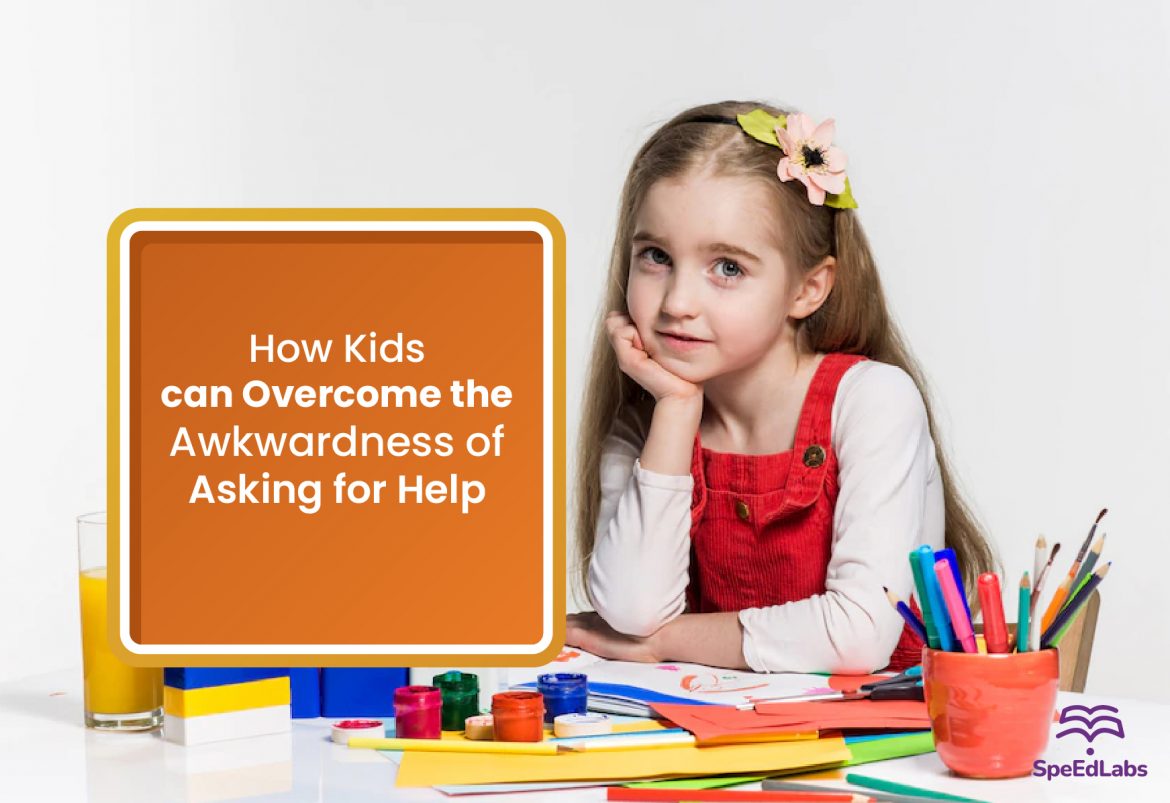It’s not easy to ask for help. There’s no scientific explanation for why this is, but many students are afraid to ask for help. We become more comfortable asking for help as we get older, but how can we help students overcome their fears?
Why are some students afraid to ask for assistance or help?
For a variety of reasons, many students are hesitant to seek assistance. Students are frequently concerned about how they appear to their peers and do not want to appear “dumb.” Many students are embarrassed by their inability to grasp a concept or believe that asking questions about directions will irritate the teacher.
Teachers constantly emphasize the importance of self-confidence in their students, and many students lack the confidence or are simply too shy to ask questions.
Encourage Students to Ask for Help Using These Techniques
-
Normalise Requesting Help or Assistance
Make your classroom a secure environment! Make your classroom a “home” first. This is a little difficult in our “new normal,” but get creative and make your physical or virtual classroom look inviting! This makes the students feel more at ease.
Second, when you require assistance, ask for it! When you don’t understand something, speak up. If you have a second teacher in the room, you can ask each other questions while the rest of the class responds.
Third, just stay calm and model kindness in responses. A little bit goes a long way!
-
Provide Alternative Methods of Requesting Help
Guiding students on the path to seek assistance is an excellent way to encourage them to do so. Tell students to email you if they are uncomfortable raising their hand to ask for help in front of the class (or in front of the virtual meet). Although the teacher may not receive an immediate response, the teacher can then address the student on an individual basis and assist him or her with the concept or direction with which he or she is struggling. When you’re in class, students can use this method to ask for assistance or help in any case.
You could, for example, have students leave a Post-It note on their desk to indicate that they have a question. You can then respond to the question without bringing it up in front of the class.
-
Personal Experiences
Sharing personal examples is an excellent way to help students become more comfortable with seeking assistance. It is reassuring for students to know that even teachers have sought assistance in the past. You can share examples from your childhood or even adult life where your question “saved the day” with the students.
-
Establish How Everyone Requires Help and Assistance
Invite older members of the community to come to visit and share how they have benefited from asking for assistance. Showing younger students that getting help is commonplace in the creative, scientific, and professional worlds teaches them that asking for help is normal and acceptable. Once in the know, students can relax their guard and accept help sooner, allowing them to thrive.
-
Invent a Unique Game and Play
Make your classroom a place where students can develop a growth mindset.
On a piece of paper, have students get to know one another by having them write 2 things they are good at and 2 challenges they typically face concerning the subject they are learning.
‘Asking for Help’ should become more common!
Teachers can encourage a growth mindset in students by normalising asking for help, especially in those who are transitioning from elementary to middle or middle to high school. They will be able to learn more about themselves and what they are capable of if they discard preconceived notions about their abilities.
Students will be inspired to abandon self-sabotaging habits and embrace self-advocacy through various strategies that promote sharing, being a team player, vulnerability, mentorship, and sustained effort over time. They will now have the opportunity to see school as a place that encourages them to see asking for help as a strength.
Key Takeaways
Real change can occur when students feel safe enough to take risks. They will learn to hone their communication skills and confidently leverage their resources with the right guidance. Students with a growth mindset see themselves as works-in-progress as they progress through high school and beyond.
Teachers and peers can play a very crucial role in bringing such a change. They can facilitate an environment where asking for help is similar to doing an easy task. Every small step and effort matters in the right direction! So, one should never give up on making the classrooms a developing forum for the students.
Also published on Medium.
